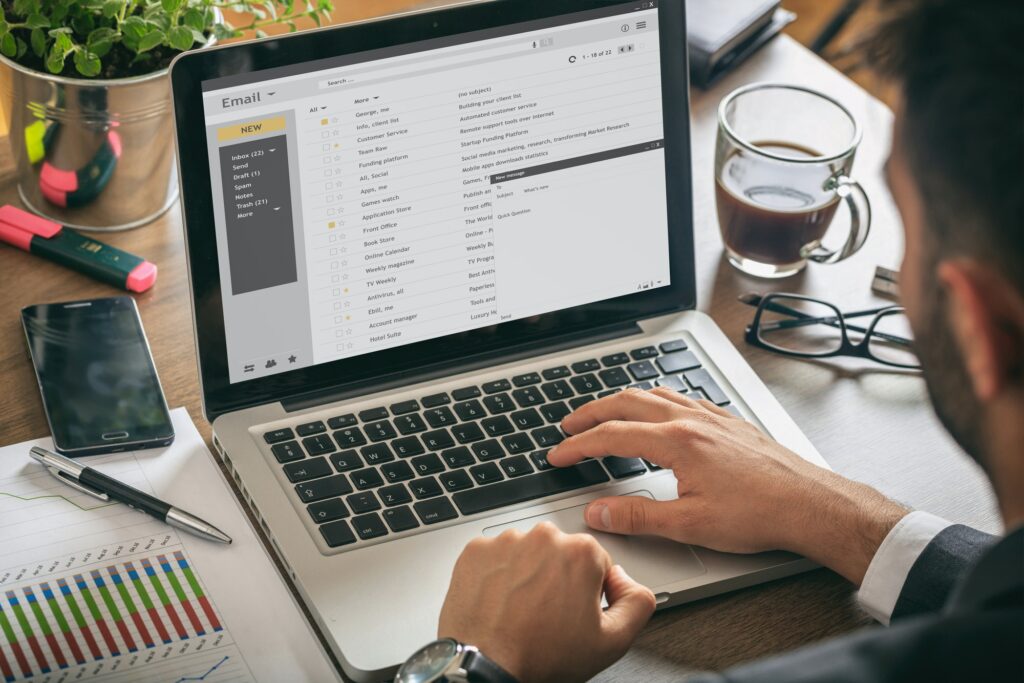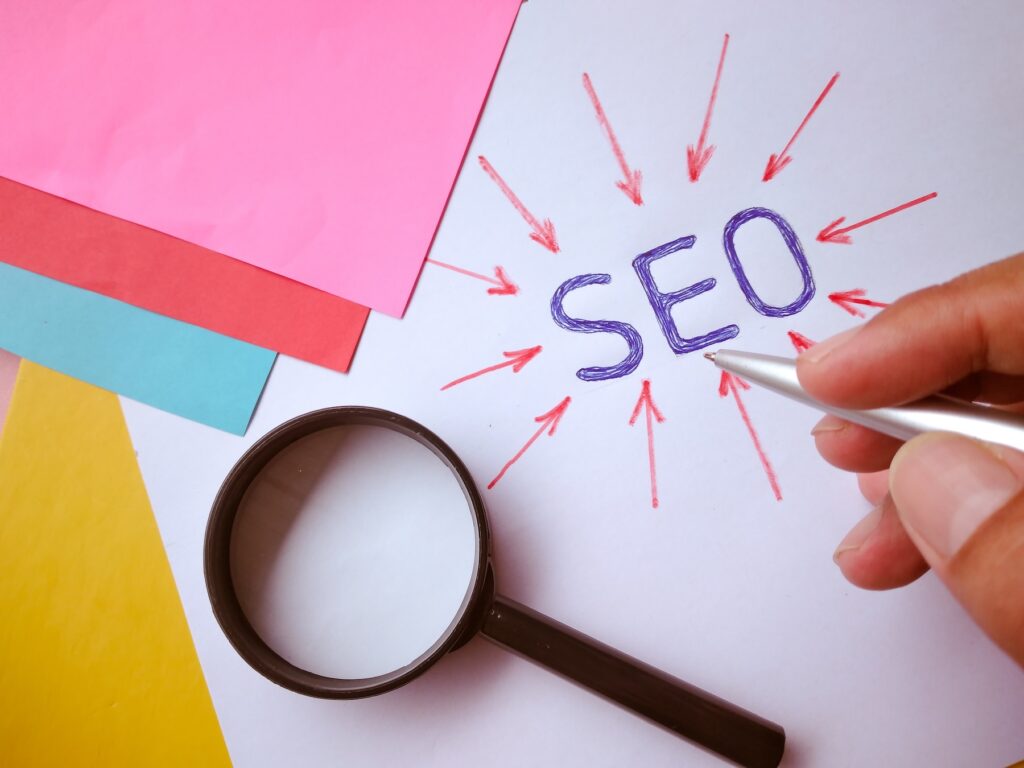Cold emailing can be a game-changer for small B2B businesses looking to generate leads, but it has to be done strategically. If you’ve recently obtained or purchased an email list, your approach will determine whether you build valuable relationships—or end up in the spam folder. In this article, we’ll cover effective email marketing frameworks, best practices, legal considerations, and how to create an effective email sequence without overwhelming your recipients.
Effective Cold Email Frameworks
The right structure can make all the difference in getting responses. Here are five proven frameworks:
B.A.B. (Before-After-Bridge)
This method focuses on storytelling and transformation.
- Before – Highlight a common pain point your recipient is likely facing.
- After – Paint a picture of the ideal scenario after using your product or service.
- Bridge – Position your offer as the solution and include a clear call to action.
Example:
Hi [First Name],
Nothing is more frustrating than losing valuable leads because your CRM is unorganised.
Imagine a system where every contact is stored, categorised, and ready for follow-up. [Your Product] makes it effortless.
Would you be open to a 10-minute chat to see how it works?
A.I.D.A. (Attention-Interest-Desire-Action)
- Attention – Start with a bold or thought-provoking statement.
- Interest – Relate to their business or industry challenges.
- Desire – Show the tangible benefits your product offers.
- Action – Include a specific and low-commitment CTA.
Example:
What if you could cut your sales cycle in half?
[Your Company] helped [Similar Business] increase conversion rates by 30% in six months.
Would you be open to a short call to discuss how this could work for you?
P.A.S. (Problem-Agitate-Solution)
- Problem – Highlight a challenge your recipient likely faces.
- Agitate – Emphasise the consequences of ignoring the issue.
- Solution – Introduce your product/service as the answer.
Example:
Struggling with slow response times and frustrated customers?
Delayed support can lead to churn and lost revenue. The longer it takes to resolve issues, the more customers look elsewhere.
[Your Company] helps businesses automate customer service and slash response times.
Let’s set up a quick call to explore how we can help.
The ‘Something Useful’ Approach
Not every email should sell—sometimes, providing value first is the best way to build a relationship.
- Share an insightful article, industry report, or resource related to their business.
- Ask for their opinion or feedback on a relevant topic.
Example:
Hi [First Name], I saw your recent post on LinkedIn about scaling customer support teams—it was a great read!
Have you come across [Article/Resource]? It dives deep into [Topic] and thought you’d find it useful.
Would love to hear your thoughts!
The Four ‘R’s (Research, Reference, Reward, Request)
- Research – Show you’ve done your homework on their business.
- Reference – Mention something specific about their work.
- Reward – Offer value (insight, strategy, or data).
- Request – Ask for a small action, like a quick reply or call.
Example:
Hi [First Name], I recently came across your company’s growth in [Industry]. Your work with [Client/Case Study] is impressive!
We help businesses like yours streamline operations with [Solution]. Here’s a short case study showing how [Similar Business] boosted efficiency by 40%.
Would you be open to a quick chat?
Should You Send More Than One Email?
One cold email is rarely enough to get a response. A well-structured email sequence can increase your chances of engagement without being spammy. Here’s a suggested approach:
- Initial Email – Your first email should be personalised, concise, and provide clear value.
- Follow-up 1 (3-5 Days Later) – Reference your first email and provide an additional insight, case study, or value.
- Follow-up 2 (1 Week Later) – Gently remind them and reinforce the benefits of your offer.
- Final Follow-up (1-2 Weeks Later) – If there’s still no response, make one last attempt with a more casual tone, leaving the door open for future conversations.
Spacing out emails prevents your approach from feeling pushy while maintaining visibility.
Best Practices for Cold Emailing
- Keep it Short & Clear: Aim for 3-5 concise paragraphs.
- Personalise Where Possible: Reference their industry, business, or challenges.
- Avoid Sales-y Language: Focus on value, not just selling.
- Use a Clear CTA: Ask for a quick call, reply, or simple action.
- Follow Up: If they don’t reply, send 2-3 well-spaced follow-ups.
Legal Considerations: Australian Spam Laws
Before sending cold emails, it’s crucial to understand Australia’s Spam Act 2003, which regulates commercial electronic messages.
- Consent: You must have the recipient’s consent. Cold emails to purchased lists may violate this unless the emails were collected lawfully and with opt-in permission.
- Identification: Clearly state who you are and provide accurate contact details.
- Unsubscribe Option: All emails must include an easy opt-out (unsubscribe) mechanism.
- Penalties for Violations: Breaching the Spam Act can result in significant fines from the Australian Communications and Media Authority (ACMA).
What This Means for You: If you’ve purchased an email list, verify that the contacts have given prior consent. A better alternative is to build your own permission-based list through lead generation strategies such as free resources, webinars, or networking.
Final Thoughts
Cold email outreach can be an effective strategy for small B2B businesses—but only if done the right way. Focus on providing value, use proven email frameworks, and always comply with Australian regulations.
Need help crafting high-converting email campaigns? Method Marketing is here to help.






